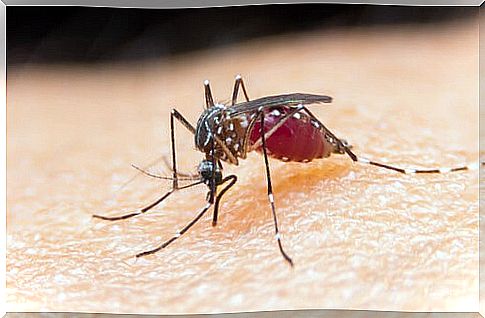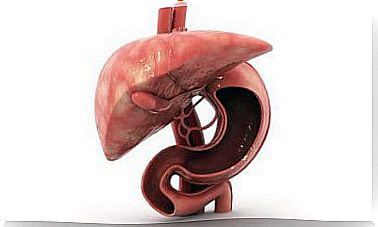The Number Of People Infected With The Zika Virus In Colombia Can Reach 600,000
Zika is transmitted by the same mosquito as chicungunya and dengue. Although the virus is not fatal, in pregnant women it can cause malformations in the fetus

The Minister of Health of Colombia, Alejandro Gaviria, revealed that, at the national level, the number of patients infected by the Zika virus in Colombia may rise to 450,000 and even up to 600,000 this year, just as the chicunguña virus evolved until last year.
Colombia is the second country with the most confirmed cases of Zika in Latin America. Surpassed only by Brazil, which was one of the first to report it. The risk is greatest for populations below 2,200 meters above sea level. There is also a special alert for pregnant women.
Zika situation in Colombia
Transmission of the virus in Colombia began in the second half of 2015. Since then, 429 cases of pregnant mothers with Zika have been laboratory confirmed. Another 202 have been declared suspects.
These last cases are under a meticulous medical follow-up that seeks to confirm or rule out neurological alterations in the fetus. 106 deliveries of women diagnosed with the virus were also reported. Of those born, there were only 30 unaffected.
The latest data revealed by the National Institute of Health of Colombia (INS) assure that in the country there are a total of 13,531 cases of the Zika virus, of which 10,837 have been clinically confirmed, 776 laboratory confirmed and 1,918 are suspicious .
Latin America on alert

The Zika epidemic, a virus originating in Africa and Asia, has 18 Latin American countries on alert. In fact, three cases have already been detected in the United States: two in Miami and one in Hawaii.
Brazil, the most affected country, is another one that estimates that the figure will increase significantly this year. Newborns will be the most affected by malformations related to the attack of the virus in pregnant mothers.
Brazil’s Ministry of Health revealed that suspected cases of microcephaly have risen to 3,893 since investigations began last year. Of these, 224 cases confirmed the presence of the malformation, although they continue to be investigated to analyze its relationship with the presence of the virus.
One of the most recent studies was published by the Carlos Chagas Institute of Brazil, and it suggests that Zika can cross the placenta of pregnant women, endangering the fetus.
Countries such as Mexico, Bolivia, El Salvador or Puerto Rico, among others, have also expressed concern about the rapid expansion that the virus had from the last months of 2015 to this day.
Pregnancy and the virus

The Colombian government recommended that couples residing in the country avoid pregnancy, at least in the first six months of this year. In this way, the risks of microcephaly or malformations due to Zika would be reduced.
The same has been requested by Jamaica – a country where there are not yet reported – and the Dominican Republic, who are already working on prevention and information campaigns.
Meanwhile, in Bolivia, the authorities of the Santa Cruz region have declared themselves on an orange alert after knowing the official diagnosis of four patients, including a pregnant woman.
For its part, the United States has recommended that expectant mothers avoid visiting 14 of the 20 countries that are on alert for the transmission of the virus.
Zika symptoms

The symptoms of Zika usually last between four and seven days and are very similar to those of dengue. Therefore, it is essential to consult your doctor immediately in case of presenting:
- Fever.
- Muscle pain.
- Weakness.
- Conjunctivitis.
- Threw up.
- Diarrhea.
- Rashes.
As with any disease, early detection is essential to reduce the most serious risks and alleviate its symptoms.
The WHO has asked the affected countries to improve the capacities of their laboratories to detect the presence of this virus infection. This is accomplished through polymerase chain reaction analysis – through DNA samples – and virus isolation from blood samples.
However, it is noted that there is still no treatment to protect against its effects, although in places like Brazil they are already working on it.









